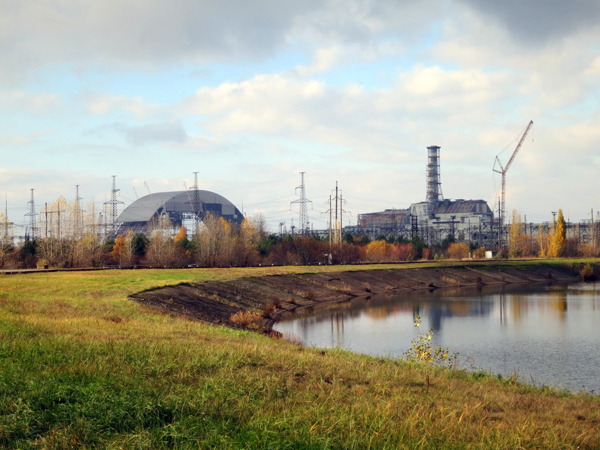- La Feria Community Holds Succesful Business Mixer Event
- Little Nashville to Take Place in Downtown Mercedes
- Lions Basketball Captures District Gold
- La Feria ISD Students Compete in Regional Chess Tournament
- Lions End First Half of 32-4A on a High Note
- La Feria ISD Held Another Successful Parent Conference
- Strong Appearance for Lions at Hidalgo Power Meet
- LFECHS Students Get to Meet Local Actress
- Students Participate in Marine Biology Camp
- Two LFECHS Students Qualify for All-State Band
Discovery of fungus at Chernobyl could lead to scientific breakthrough
- Updated: February 28, 2020

By JAZMIN PEREA / Special to LFN
In 1991, scientists found a fungus living inside the walls of the infamous Chernobyl nuclear power plant in Ukraine and recent studies have found that its properties, ironically, could help protect people from radiation.
On April 26, 1986, a devastating explosion occurred at the nuclear power plant. It was considered the worst nuclear power plant accident in history. Years after the disaster, scientists found a black fungus growing on the walls of the damaged power plant. It was an important discovery since upon analyzing this fungus, it was found to have a high content of melanin, which is a pigment in human skin that gives it its color. And while radiation exposure damages and mutates human genes, which causes cancer, this variety of fungus somehow seems to thrive on radiation.
Researchers discovered that the melanin in this fungi uses the radiation to grow by converting it into energy and allowing it to flourish. Unfortunately, the fungus does not clear the nuclear radiation; it only uses the energy the radioactive materials give off.
Regardless, this finding has led scientists to consider how this fungus could be useful as a possible anti-radiation sun block, which could eventually be used by astronauts in space, nuclear plant workers and even cancer patients needing chemotherapy.
More testing needs to be done, but scientists are encouraged by recent progress.
Jazmin Perea is currently an 11th-grader at La Feria High School.


